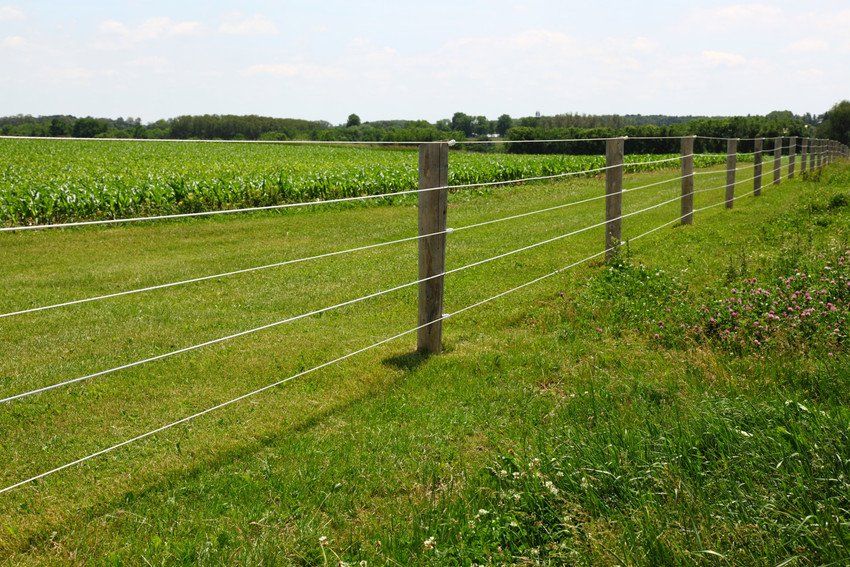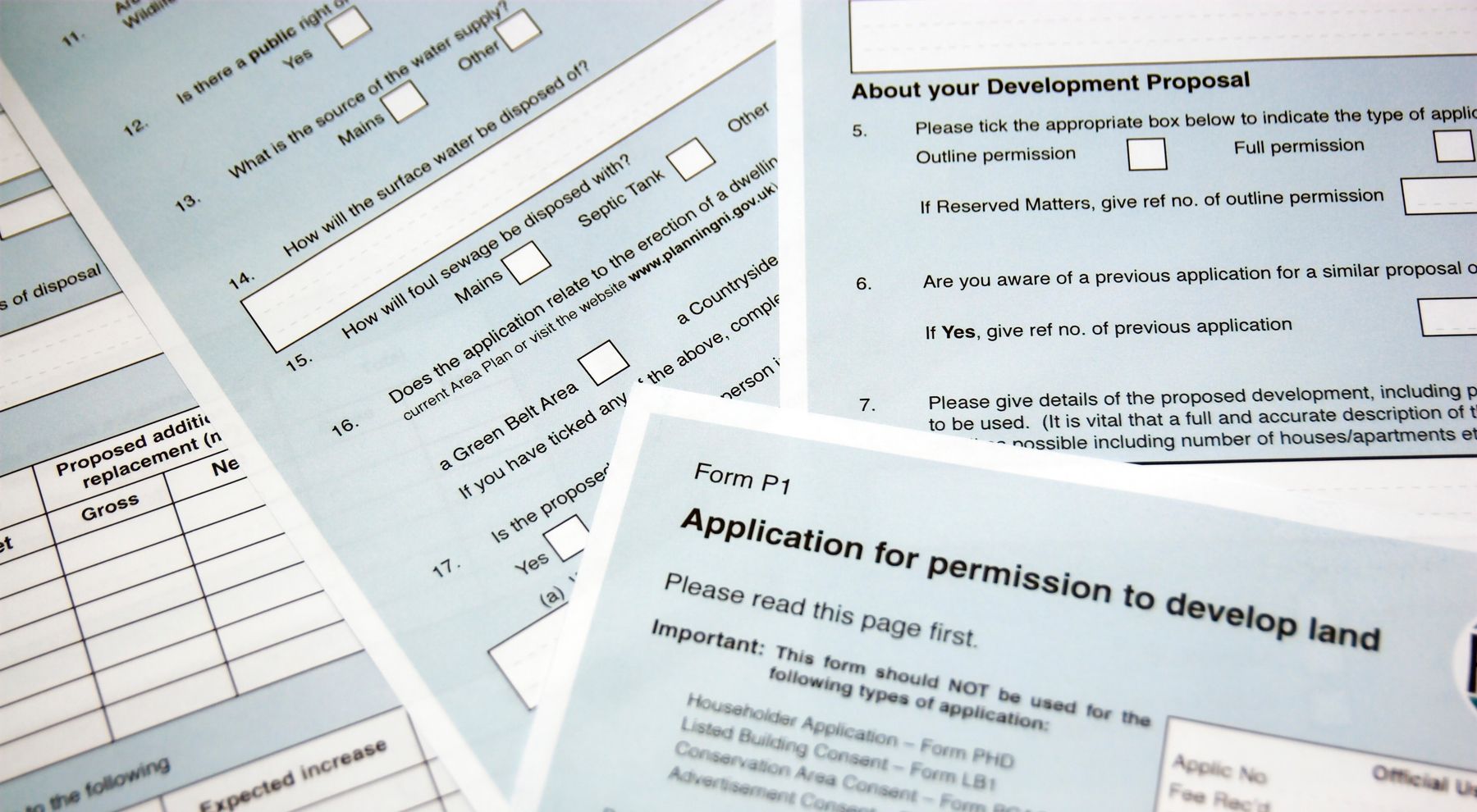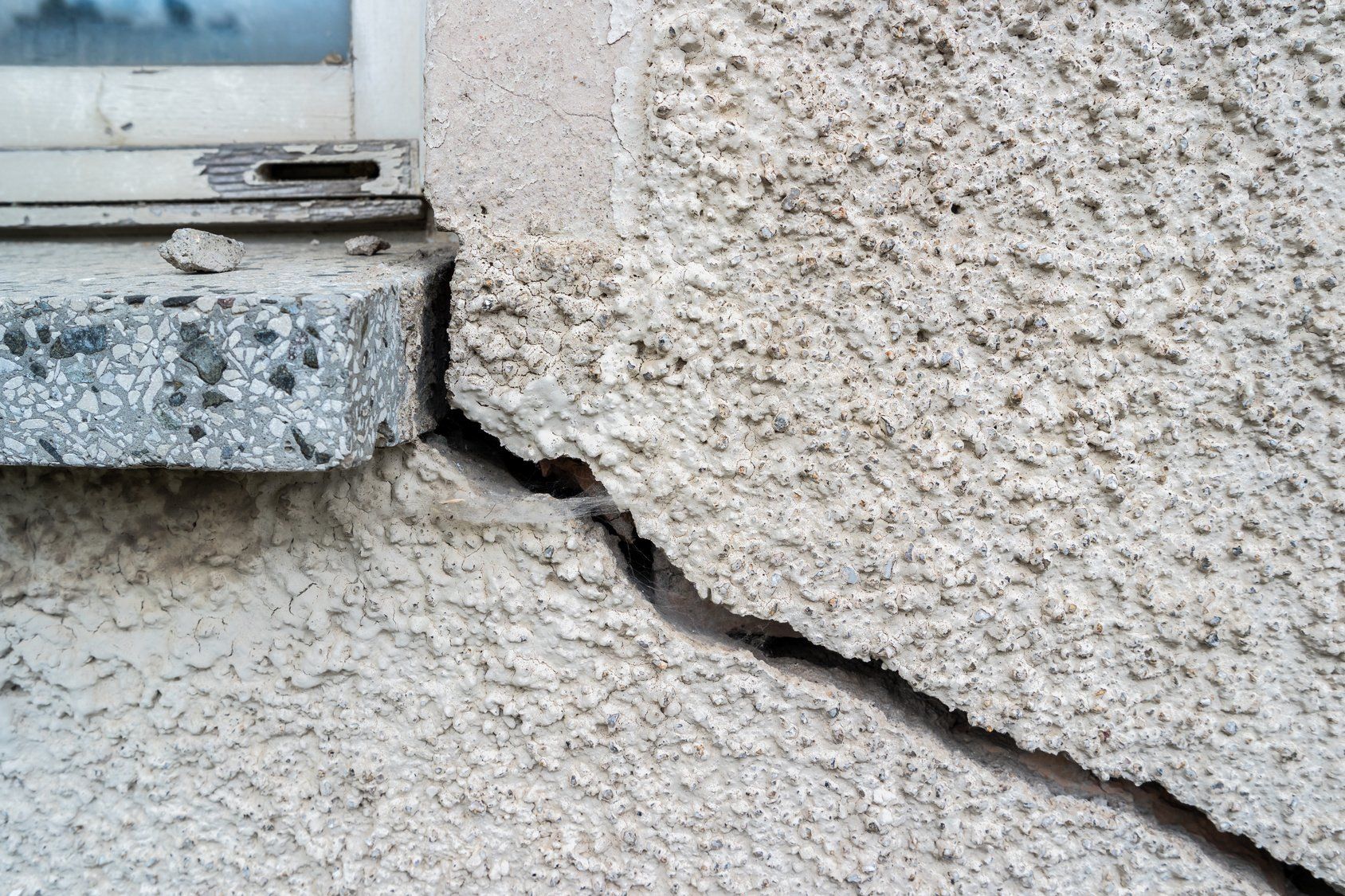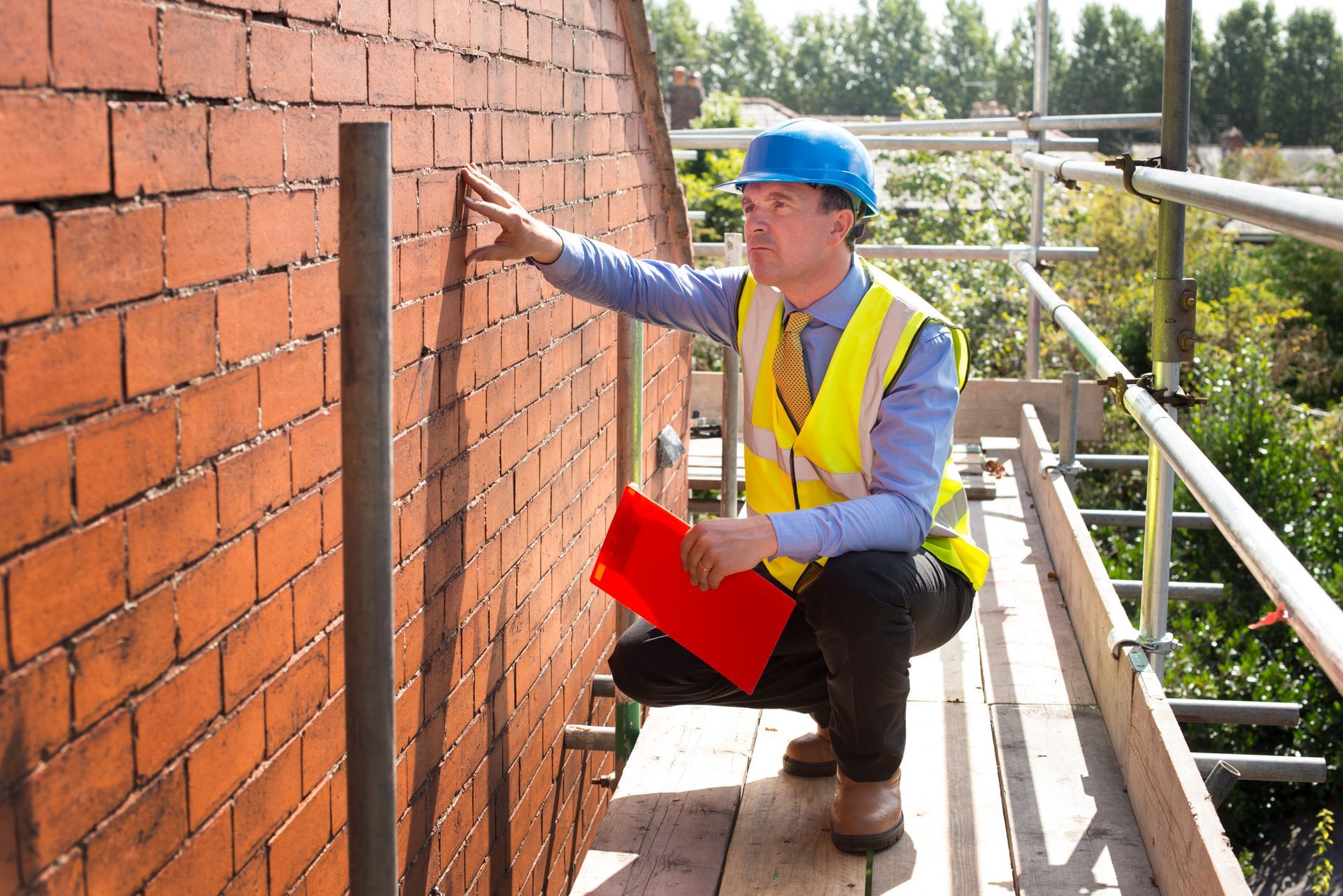Top Tips For Dealing With Boundary Disputes

There’s a good chance that the majority of homeowners or renters have several close neighbours and this is something that can’t really be avoided, unless you live in a large house right out in the countryside. Luckily, most people find that can peacefully coexist with their neighbours without any issues, but there are times when you may disagree about your neighbouring properties.
One of the most common arguments that can arise between neighbours is known as a boundary dispute, and the process of resolving it can be lengthy and expensive if you’re unable to come to an agreement. While boundary disputes can be stressful and time-consuming, it doesn’t have to be this way and there are many steps you can take to try and resolve the issue calmly and fairly. If you’d like to know more about what a boundary dispute is, how to come to an agreement and the steps you can take if the issue isn’t resolved, see our handy guide below.
A boundary dispute can arise when owners or occupiers of neighbouring properties can’t come to an agreement about where the boundary of each property begins and ends. Common situations that can spark a dispute include the erection of a fence, wall or building in an area which highlights the neighbours’ differing opinions of where the boundary lies.
For example, one party could erect a fence on an area of land believed by the other party to belong to them, or they may simply not be happy with how the new fence or building looks if it’s in their line of sight. To ‘win’ a boundary dispute you first need to establish where the boundary lines of your property lie and attempt to work with your neighbour towards a resolution; we will discuss this in more detail further on.
How do I identify the boundary lines of my property?
If you need to know where the boundary lines of your property lie, the first thing most people do is take a look at the land registry deeds. If you don’t have existing copies, you can request a copy using the HM Land Registry form on the UK government’s website here. These documents can provide current and past information about a registered property, including previous owners and your rights over shared land.
The deeds can give you a good idea of where boundary lines are but bear in mind that these can change depending on whether the previous owners had an agreement not laid out in the plans, or if one property owns land due to adverse possession. This is the case if one owner or the other has been occupying the land to the exclusion of all others for a period of 10 years, although since 2003 it has been far more difficult to claim land due on the grounds of adverse possession.
How can I resolve a boundary dispute?
In an ideal world, everyone would be able to come to an agreement with their neighbours so that any potential disputes can be avoided altogether. In most cases, all it takes is an informal discussion with your neighbour or neighbours to let them know about any building work you have planned, but there are cases where you won’t see eye to eye. There are also other steps you can take to ensure everything is legal and fair, so read on to find out how you can prevent and resolve any boundary disputes.
Make a boundary agreement with your neighbour
As mentioned, in most cases you can come to an agreement with your neighbour simply by having an informal discussion. If you want to make the agreement official, you can work together to draw one up, but you will need to seek legal advice if you want it to be legally binding. A boundary agreement records where the boundary line between properties lies and who is responsible for the maintenance of any hedges, walls, fence or trees between the two properties.
An agreement must include your name and address, the name and address of your neighbour, the date the agreement begins and where the boundary line lies (this can be in the form of a written description, Ordnance Survey map or map you’ve drawn yourself). You’ll also need to record your boundary agreement by filling out a form to change the land register and send a cheque for £40, payable to ‘HMLR’ or ‘HM Land Registry’.
It’s important to have a basic knowledge of planning permission rules and regulations before you commence any building work as this can save you a lot of money and time further down the line if a disagreement arises. The Party Wall Act 1996 rules that anyone planning to carry out certain work on a party wall is required to obtain the agreement of the other person to whom the wall belongs. This means that you’ll need to obtain written agreement from your neighbour if you intend to:
●Knock down and rebuild a party wall;
●Cut into a party wall so that it can hold up a beam;
●Increase the height of a party wall, or remove anything on it which might prevent this;
●Strengthen the foundation beneath a party wall or part of one;
●Place a damp-proof course layer within a party wall;
●Cut a flashing into a building adjoining a party wall.
You must give a party wall notice to your neighbour between 2 months and a year before you plan to start building works and if you do not have the agreement of your neighbour then you’ll need formal permission (known as a party wall award) from a party wall surveyor.
Hiring a chartered surveyor or experienced party wall consultant is often the quickest and easiest way to resolve any disputes you may have. You can hire a party wall surveyor to work for you personally or to work on behalf of you and your neighbour. Hiring a surveyor means that you have a third party to explain any legal aspects of the situation and help mediate and resolve disputes in a calm and practical way.
There are many benefits to hiring a party wall surveyor, including fewer delays to your proposed work. Coming to an earlier agreement also means you can avoid a costly and time-consuming court case if the dispute escalates and you cannot come to an agreement between neighbours. A building surveyor can also assist you with other boundary issues, such as reviewing land deeds on your behalf and measuring any shared land using specialist equipment.
Calm, open communication is essential if you want to resolve a boundary dispute in the quickest and easiest way possible. As mentioned above, familiarise yourself with the laws surrounding party wall agreements and be open and honest about any proposed work before you go ahead. Talking to your neighbour first can usually result in you reaching an agreement which suits everyone, but if you simply go ahead and place a wall or fence on shared land, this could cause far more issues down the line.
If you’re unable to reach an agreement between you, or with the help of a surveyor, then the issue may need to go to court. If possible, this should always be your last resort, as a court case can be extremely draining on both your finances and your time.
If you’re in the middle of a boundary dispute and need professional help and advice, get in touch with the expert team at Simon Levy. Our chartered building surveyors, land surveyors and party wall consultants have all the skills and expertise you need to help resolve boundary disputes quickly and effectively. We’re also proud to provide a range of further building services, including residential or commercial property surveys, expert witnesses, domestic building works and more.
If you’re thinking, ‘where can I find a surveyor near me’ and want to arrange an appointment or find out more about any of our services on offer, don’t hesitate to give us a call on 020 0207 6100, or visit our website.










